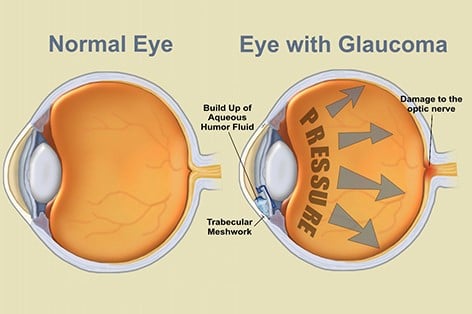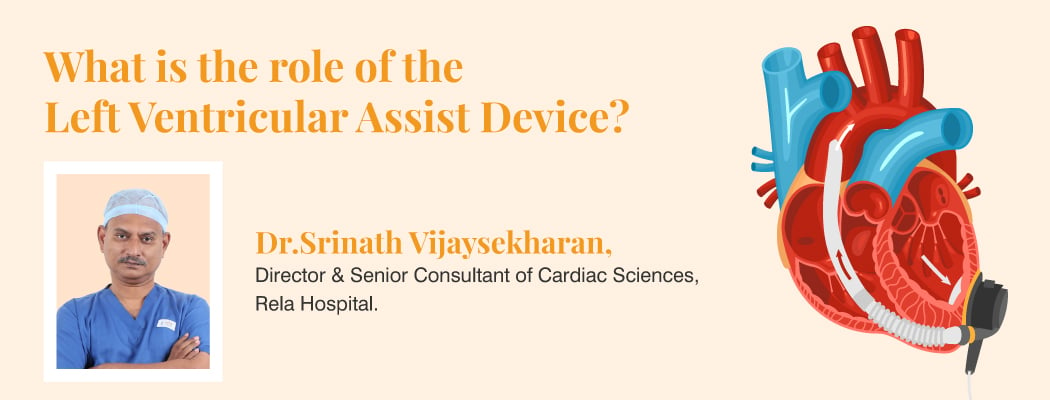Glaucoma: What You Need to Know to Protect Your Vision
September 1, 2019

What is glaucoma?
In short, glaucoma is a build up of pressure within the eye that causes damage to the optic nerve.

There is a small space in the front of the eye called the anterior chamber. Clear liquid flows in and out of the anterior chamber, this fluid nourishes and bathes nearby tissues. If a patient has glaucoma, the fluid drains too slowly out of the eye. This leads to fluid build-up, and pressure inside the eye rises.
Unless this pressure is brought down and controlled, the optic nerve and other parts of the eye may become damaged, leading to loss of vision.The disease usually affects both eyes, although one may be more severely affected than the other.
Causes of glaucoma
Experts are unsure of the precise causes of glaucoma, but cases are divided into two categories:
- Primary glaucoma – this means that the cause is unknown.
- Secondary glaucoma – the condition has a known cause, such as a tumor, diabetes, an advanced cataract, or inflammation. There are several risk factors for glaucoma:
- Old age.
- Ethnic background – East Asians, African Americans, and those of Hispanic descent have a higher risk of developing glaucoma, compared with Caucasians.
- Some illnesses and conditions – like diabetes or hypothyroidism.
- Eye injuries or conditions.
- Eye surgery.
- Myopia (nearsightedness).
- Corticosteroids – Patients on long-term corticosteroids have a raised risk of developing several different conditions, including glaucoma. The risk is even greater with eye drops containing corticosteroids.
What are the symptoms of glaucoma?
The signs and symptoms of primary open-angle glaucoma and acute angle-closure glaucoma are quite different:
Symptoms of primary open-angle glaucoma
- Peripheral vision is gradually lost. This nearly always affects both eyes.
- In advanced stages, the patient has tunnel vision.
Symptoms of closed angle glaucoma
- Eye pain, usually severe.
- Blurred vision.
- Eye pain is often accompanied by nausea and sometimes vomiting.
- Lights appear to have extra halo-like glows around them.
- Red eyes.
- Sudden, unexpected vision problems, especially when lighting is poor.
Treatment for glaucoma :
Medical Management-
In the majority of cases, initial treatment for glaucoma includes eye drops.
Compliance is vital for best results and to prevent undesirable side effects – this means following the doctor’s instructions carefully.
Examples of eyedrops include:
- prostaglandin analogues
- carbonic anhydrase inhibitors
- cholinergic agents
- beta blockers
Surgical management-
If drugs don’t work, or if the patient cannot tolerate them, surgical intervention may be an option. The aim of surgery is usually to bring down the pressure inside the eye. Examples of surgery include:
- Trabeculoplasty – a laser beam is used to unblock clogged drainage canals, making it easier for the fluid inside the eye to drain out.
- Filtering surgery (viscocanalostomy) – this may be carried out if nothing else works, including laser surgery. Channels within the eye are opened up to improve fluid drainage.
- Drainage implant (aqueous shunt implant) – this option is sometimes used for children or those with secondary glaucoma. A small silicone tube is inserted into the eye to help it drain out fluids better.
Prevention
There is no known way to prevent glaucoma, but catching it early means it can be treated more effectively and vision loss can be minimized. Because, often, there are no symptoms, getting your eyes regularly checked is important; especially for people with a greater risk.
So, older adults, people of African descent, and individuals with diabetes should be tested every year or 2 after the age of 35. Ask a doctor how often you should have a check up.








